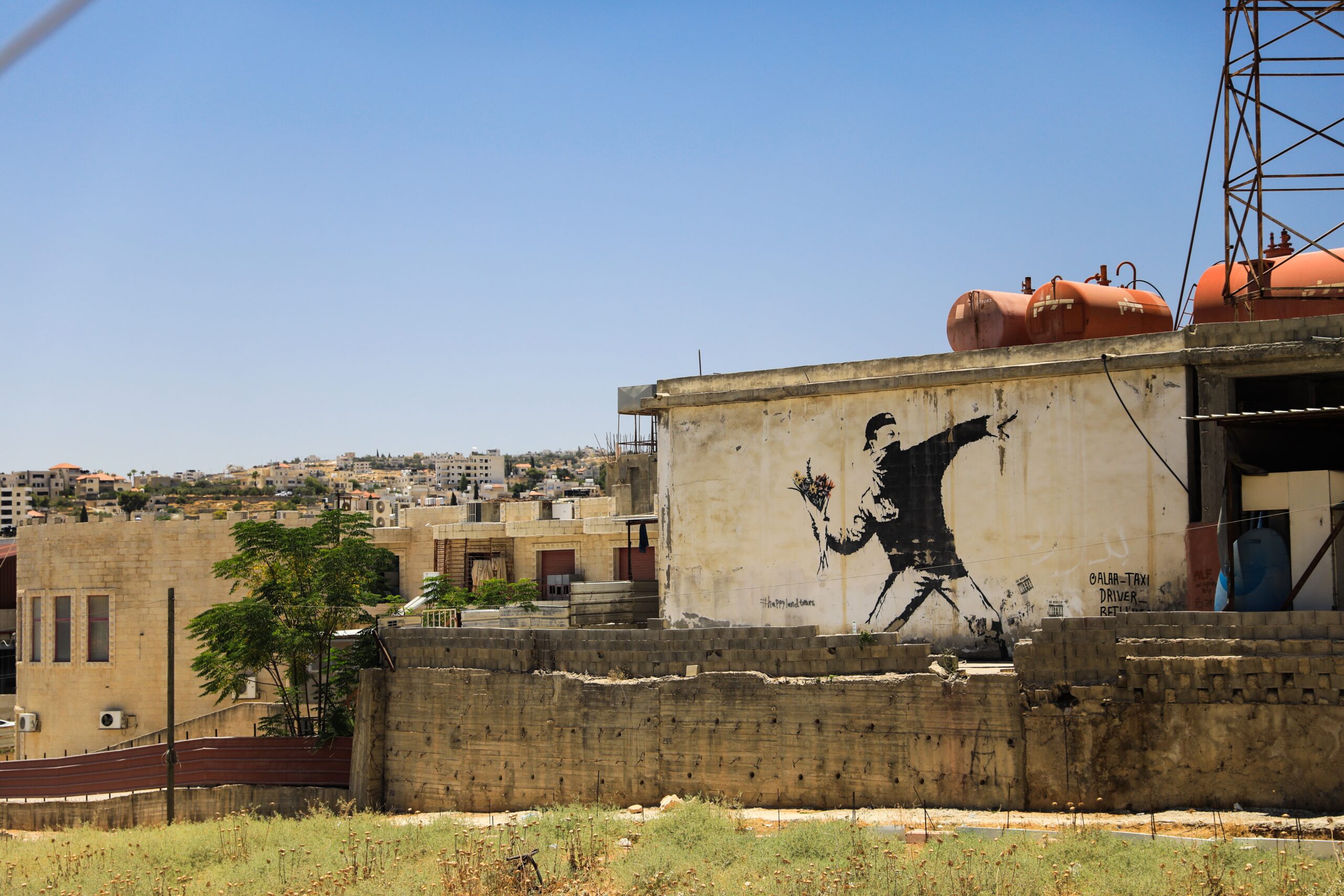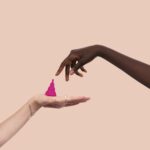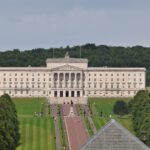Literally translated as ‘steadfastness’ from Palestinian Arabic, the term sumud has grown to encompass a myriad of meanings for the people of Palestine in the junctures of their struggle against oppression. For some, it represents the stoicity to maintain normalcy in daily life. More explicitly, it can mean resilience through (re)building houses despite the high chance that they will be destroyed, continuing to travel despite checkpoints, or organizing activist movements. The term was adopted as a national symbol of resistance in the 1960s, yet it has long been part of Palestinians’ conscious struggle to remain on their land.
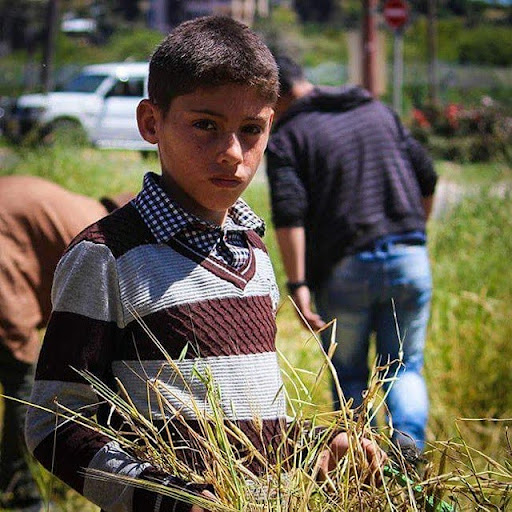
Photo by CPT Palestine on Flickr.
Other than residing in one’s homeland, another way to ‘live’ sumud is by forging a strong connection to one’s nation, culture and history. This concept is centered around preserving one’s culture and, in doing so, reaffirming one’s identity. Abu Srour describes this by saying, “To reclaim that I am Palestinian, wherever I am, is sumud. Sumud is preserving the identity, the memories, the customs and habits, the popular arts, the attachment to the land, the values that make us human beings, across generations.” Interestingly, joy is also key to the sentiment. While suffering and courage in the face of the same due to political circumstances is considered prototypical, enjoying life is equally a vital aspect of sumud. Rather than opposing suffering, it regards the sense of joy in spite of it. The beauty in the simplicity of life, and the joy found in moments that characterize life, gain more meaning according to this understanding of sumud, due to the sacrifices made to achieve it.
As professed by Adnan Musallam: “Part of showing your presence is keeping your ability to laugh. Laughing is a defensive mechanism. You are laughing, chatting, joking, so that you can continue to be like a human being. When you become totally pessimistic you are really saying, ‘I am ready to die, I don’t want to live anymore’. You dehumanize yourself. Humor is essential to be able to stand up and stay steadfast. It’s part of saying: ‘I am here, and nobody can deny my presence here’.”
Art has constantly been one of the means to enact sumud. Infusing politics with aesthetics allows Palestinians to hold onto an image of home in the face of catastrophe. It is also a mechanism that allows the artist to fuel their mental resolve. Prominent examples of this are the paintings by modernist painter Ismail Shammouth (1930-2006), as part of his large-scale series Palestine: The Exodus and the Odyssey. The series chronicles Palestinian existence over decades of conflict. This particular painting symbolizes the spirit of defiance and hope, which proclaims that Palestinian identity remains steadfast. In literature such as After the Last Sky, John Mohr depicts the everyday realities of displaced people, showcasing a community that emphasizes hard work and determination. Thus, simple acts of continuity can be considered displays of resilience.
Mahmoud Darwish, a renowned Palestinian-American poet, steadfastly maintained his connection to his homeland throughout his life. His verse emphasizes the self-expression of Palestinians in their effort to retain the life they once had. In A Poem which is Not Green, from My Country, he encourages his people with the metaphor that a swallow may be silent, but never forgets its song:
It will sing, it will cry out When my country’s olive trees blossom When the sky’s rains wash away The spots of consumption, the thorns of fate!
In rubaiyat, he highlights the beauty of the country’s fortitude, offering a vision of comfort in the face of hopelessness and despair. His resistance, also similarly to Mohr, is depicted through the peaceful images of ordinary peoples’ lives in his poetry.
What we find most beautiful: to drink tea at dusk to toy with talk of children, a tomorrow with no meeting secretly weeping for joy.
In visual arts, traditional embroidery is prevalent in both urban and rural Palestine. In refugee camps, Palestinian women continue to express their identity in Jordan, Lebanon, and Syria, as a symbol of heritage. Traditional Palestinian embroidery, characterized by unique features that trace back to the region of the artist, serves as a strong pillar in cementing one’s roots. Ramallah embroidery, for example, is known for featuring the palm tree, while that of Al-Bireh city is known for its ‘Queen’s dress’, showcased during festive occasions like the day of Hennah. Embroidery from Gaza is known for the drawing of a pillow or scissors. Following 1948, Palestinians, regardless of their location, continued to use their traditional embroidery, which became a symbol of their identity and the tragedies their people endured. After the Intifada, new patterns emerged in their garments, focusing on olive branches, peace doves and colors of the Palestinian flag. Culture is able to be passed down through embroidery, with its stories, myths and tales conveying meanings related to rituals, religions and environment of the wearers, thus preserving their history and identity.
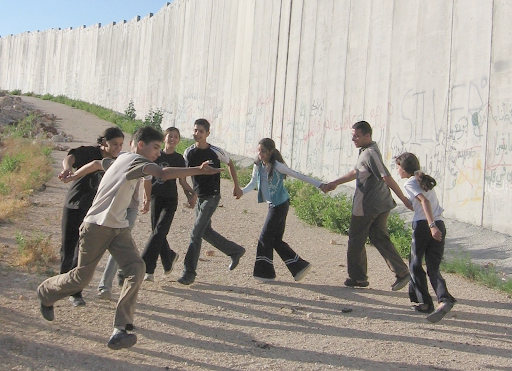
Palestine, Bethlehem, Aida refugee camp.
Photo by severinelaville on Flickr.
In the realm of performance, sumud is popularly embodied through dabke, the folk dance with intricate steps, hops and stomps that has become a marker of Palestinian nationalism as a way of self-expression and belonging. In the early 20thcentury, Palestinian fellahin (farmers) sang work songs while carrying out their tasks of fishing, shepherding, and harvesting. Traveling musicians and storytellers, known as Zajaleen, also spread tales across the land. For refugees, the need to maintain their past, memories, as well as cultural roots, can be fulfilled by performing their cultural heritage. While the dance form is prominent across the Levant, the region’s evolution into nation-states with different dialects and cultural variations has led to variations of the dance itself. In Palestine, Al-Shamaliyya and Al-Sha’rawiyya are the most popular styles.
The music for dabke comes from an ensemble of traditional instruments: the oud, mijwiz, minjjayrah, tabla, daff, arghul and shubabeh. In recent years, dabke music has begun to reflect the Palestinian experience, rooted in a yearning for peace and a profound love for the motherland. In the 1950s, several dabke dance troupes emerged, which continue even today to maintain the dance’s contemporary relevance and importance. They achieve this by passing down the rhythms and steps to younger generations, keeping their identity alive.


